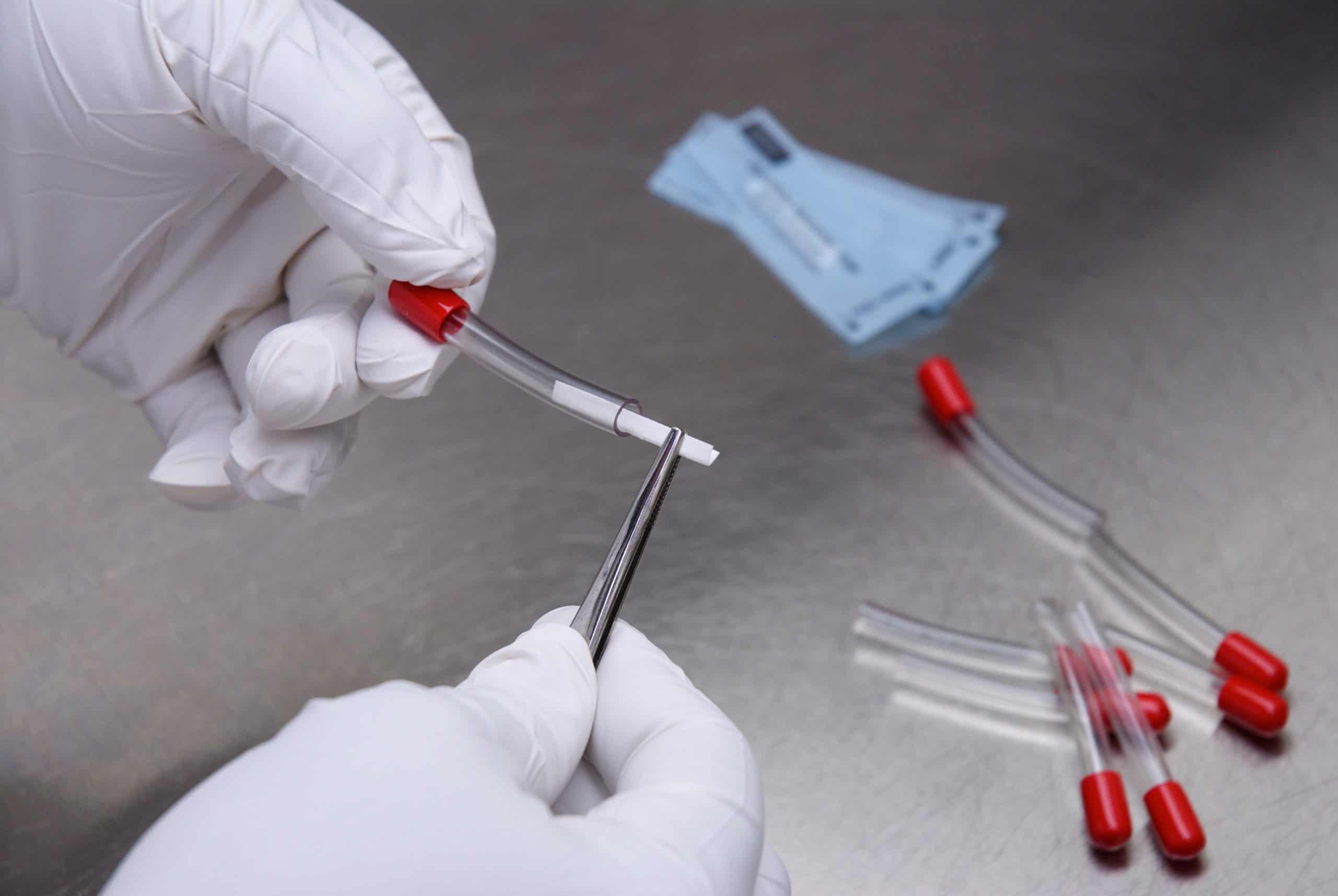There are two types of resistance determination studies; Comparative and Bioburden Resistance. The primary purpose is to develop appropriate process challenge devices (PCDs) to monitor routine and validation sterilization cycles of a product or group of products. Typically, a comparative and bioburden resistance test are required for development of PCDs. When these two types of studies are performed together, it is a relative resistance study. Resistance studies can also be performed to confirm the appropriateness of already validated PCDs when adopting a new or modified product into an existing sterilization cycle.
The comparative resistance testing is primarily used to determine the most difficult to sterilize location of a product. It also determines an appropriate process challenge device (PCD) to be used for validation and routine cycle monitoring so product is not needed for microbiological monitoring. A comparative resistance test is also used to determine an appropriate sterilization cycle thanks to its ability to show lethality in the most difficult to sterilize locations. It compares the resistance of different types of BIs to determine an internal and external BI. Additionally, it is used to adopt newly developed product or devices that have undergone changes into a current cycle.
The bioburden resistance test categorizes the resistance of the natural occurring bioburden on the devices that have undergone all the manufacturing steps up to but not including sterilization. This test also compares the resistance of the bioburden to the already categorized PCD.
This testing is required and performed according to the recommendations outlined in ANSI/AAMI/ISO 11135-1:2014, AAMI TIR16 and AAMI TIR28. Nelson Labs has the ability to mimic industrial sterilization cycles through the use of its seven programmable ethylene oxide sterilizers (including a BIER vessel) that utilize 100% ethylene oxide. We have also developed a wide array of PCDs of varying resistance that will be compared against the candidate product to offer our clients more options for cycle monitoring.
Applicable Standards
- ANSI/AAMI/ISO 11135
- AAMI TIR16
- AAMI TIR28
- ISO 17665



